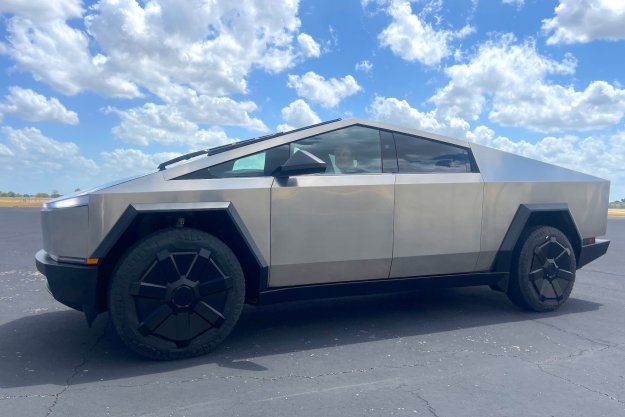Ford has conducted all kinds of mobility experiments to gain a deeper understanding of what customers need today and what they’ll want tomorrow — and what’s over the horizon sounds amazing.
The company is betting big on mobility for the future, as it aims to create a complete marketplace of mobile apps and services with a range of different partners. This strategy is centered on the new FordPass platform, which will be launched in the U.S. and Europe later this year.
We first heard about the FordPass service at the Detroit Auto Show in January, but at MWC in Barcelona Digital Trends had a chance to sit down with Will Farrelly, Product Innovation at Ford, and Jorg Ullrich, Advanced Consumer Experience Marketing, to drill down into what it can do.
With FordPass installed on your iPhone or Android smartphone, the company told Digital Trends, you’ll be able to use the app to unlock your car and to remotely start it in some markets, which is ideal for cold climates. You can also use it to control access, which is great for a shared family car, allowing you to decide who can drive it at any given time. But this is about much more than control. The app also collects a range of detailed diagnostics covering things like mileage and fuel levels for each driver.
When your car needs service, you can schedule it through the app. Ford is partnering with a number of service providers so you can use the app to locate convenient parking. The Parkopedia database provides a global map of parking spaces, and through partnerships with companies like Mobile City, you’ll be able to find on-street parking and pay for it through the app. That should take the stress out of finding a spot and dispense with the need to fish around for small change to pay your meter.
These are features that fit in with the way we use cars today, but Ford has an eye on the future, too. Imagine being able to pull up at street level at your destination, jump out, and leave your car to park itself. When you’re ready to head home, you call your car from the app, and it’s waiting for you on the street when you emerge. Autonomous parking like this will also be much more efficient, Ford claims, reducing the chance of any accidents and enabling more cars to be packed in, because doors won’t need to be opened and human drivers won’t be manoeuvring.
Partnerships with business like BP, McDonalds, and 7-Eleven will offer users of FordPass exclusive offers. The service will guide you to the nearest BP station when you need to fill up: You sit safe and snug inside while a robot fills the tank.
Another major element of this is car-sharing. Ford has partnered with Flinkster in Germany to provide access to 4,000 cars across the country. Similar partnerships will extend this internationally, allowing members to pick up cars when they need them, based on their own preferences. Ullrich envisions a future where individual car ownership is a thing of the past and we simply call autonomous cars when we need them.
A lot of these developments might be years away, but Ford is firmly focussed on the horizon.
To ensure that people understand these new services, and get a chance to try them out and discuss any questions they may have, Ford is creating special FordHubs in major cities like London, Shanghai, and San Francisco. The first will open in New York’s Westfield World Trade Centre later this year.
The FordPass service also gives users access to FordGuides, experts in the mobility services and apps who can answer questions and solve issues. They’re available 24 hours a day, like a kind of concierge service, and they should help smooth the transition to this new way of thinking about and managing cars.
A lot of these developments might be years away, but Ford is firmly focussed on the horizon. It clearly recognizes that it might need to transition from being primarily a car manufacturer to a service provider in a future where car ownership as we know it may be a thing of the past.
Editors' Recommendations
- This AI-powered robot dog looks like something from The Terminator
- Ford reveals the vehicle destined for its autonomous-car services
- Hitching a ride in Audi’s AI:Me, the autonomous city car of the future
- Volkswagen and Ford confirm partnership on electric cars, autonomous driving
- Ford says its future V2X-equipped cars will talk to pedestrians, infrastructure





